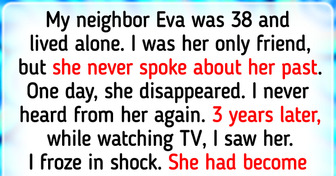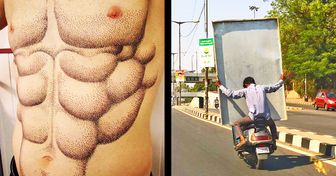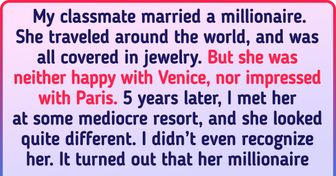The Way Your Partner Displays Affection Reveals What They Value in You

Relationships
5 years ago
In 2013, counterfeit products worldwide accounted for $461 billion. Nike is the most counterfeited brand on a global scale, and Rayban, Rolex, Supreme, and Louis Vuitton are the most copied brands worldwide. And while some copies look almost identical to the original ones, there are slight differences that we thought you should know about.
Bright Side would like you to know how to recognize a fake product and what the differences are in some of the most popular brands.
Have you ever unknowingly bought a fake product? How did you recognize that it wasn’t a genuine brand? Were the differences noticeable or did you have to ask an expert?











